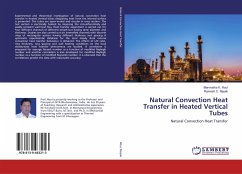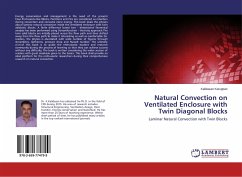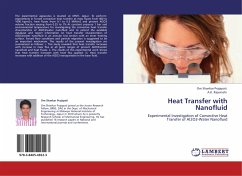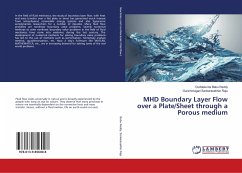The electronic industry has evolved rapidly in order to satisfy the needs of smaller and higher performing devices. However, the overheat of this components can reduce their life span and cause their failure. The efficient cooling becomes very important and constitutes a vital need of the electronic industry. This work falls in this context by exploring the use of a nanofluid, and porous blocks mounted on the heated parts to increase the heat rejection. It consists of a numerical study of forced convection in a channel containing a nanofluid (copper-water), and intermittently heated porous blocks. In order to account for the viscous and inertia effects, the Brinkman-Forchheimer extended Darcy model is adopted for the flow inside the porous regions. The nanoparticle distribution is considered non uniform due to Thermophoresis effect and Brownian motion. The effect of several parameters such as Darcy number and block height on thermal, nanoparticles concentration, and entropy generation are analyzed. The results show that the introduction of both nanofluid and porous blocks led, under certain conditions, to an improvement of heat transfer, and even a reduction of entropy generation.








